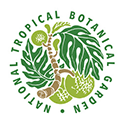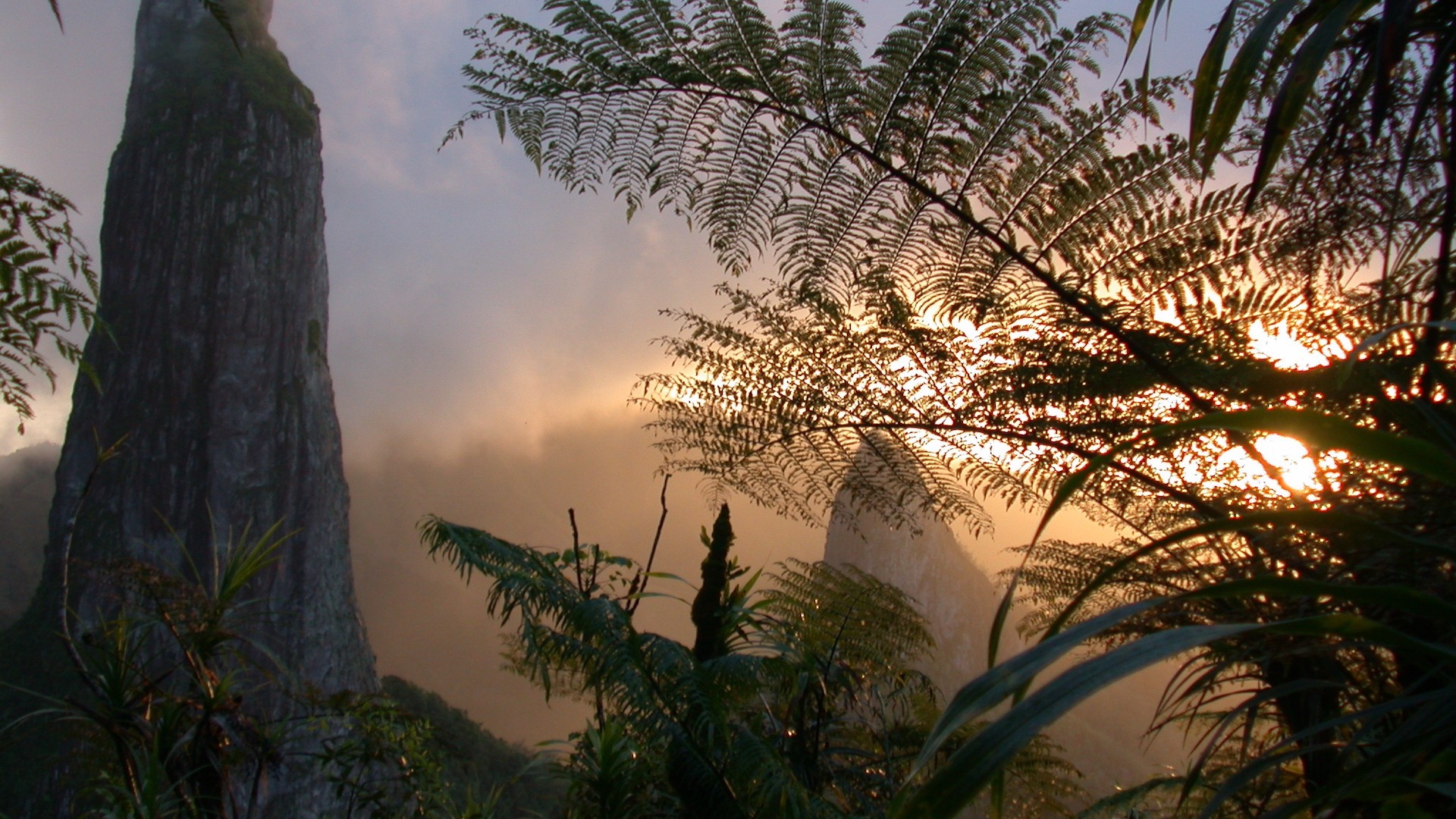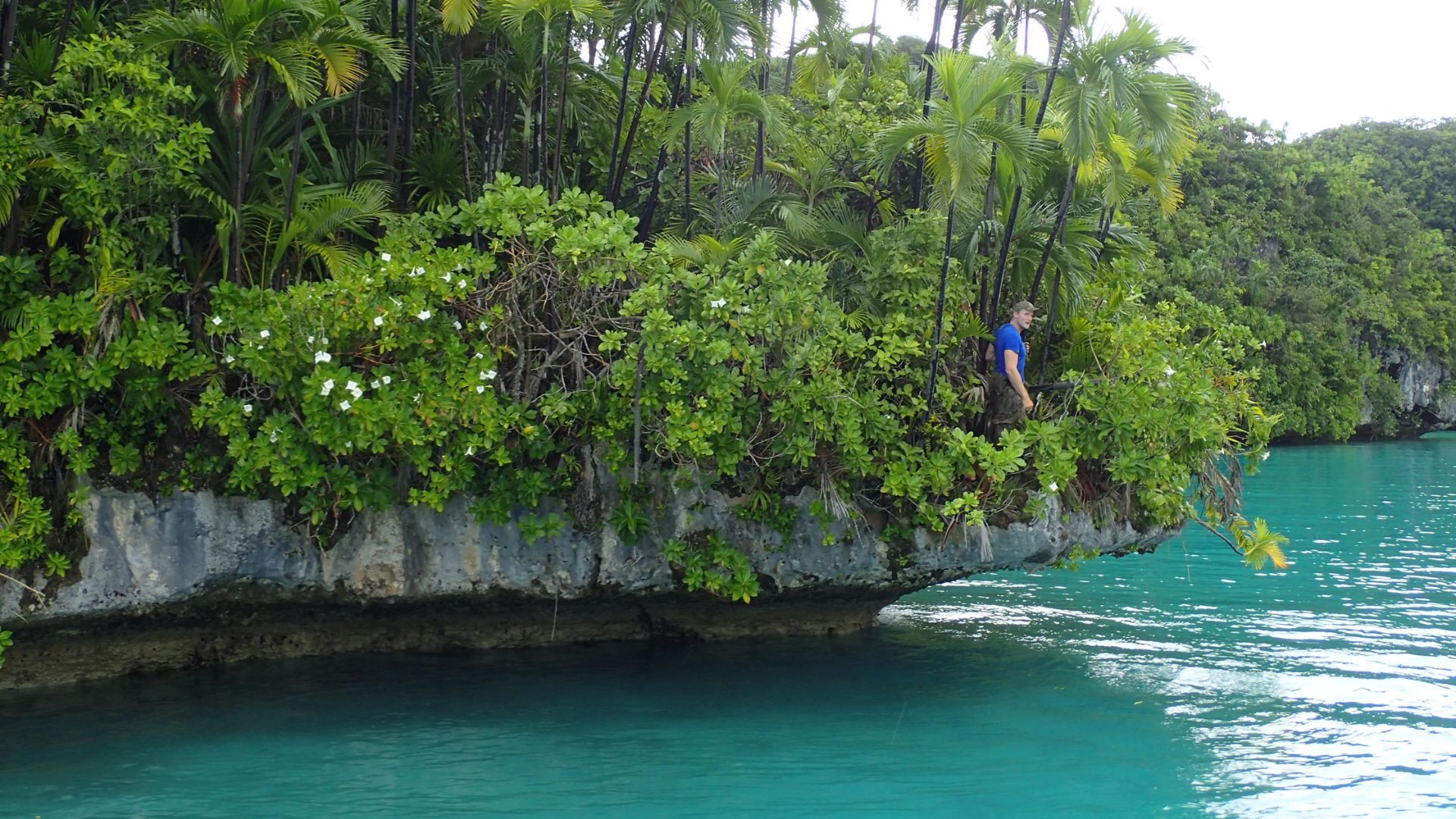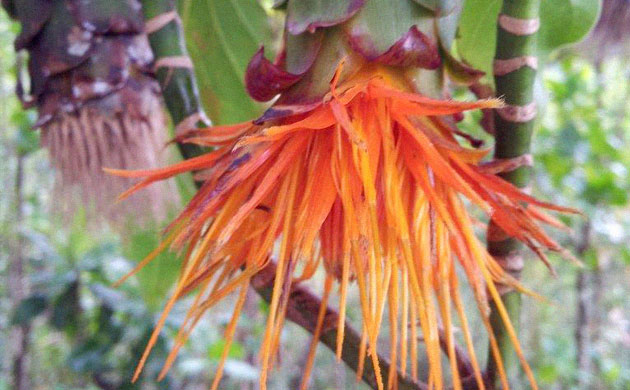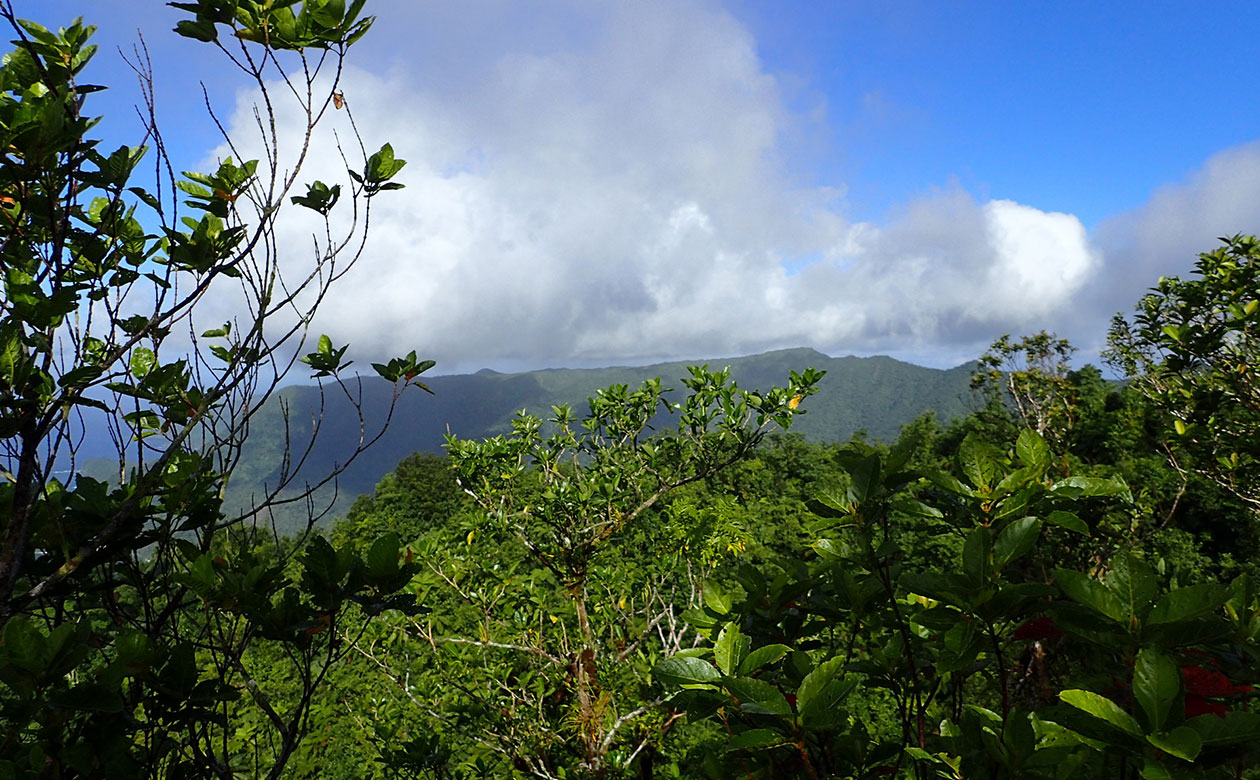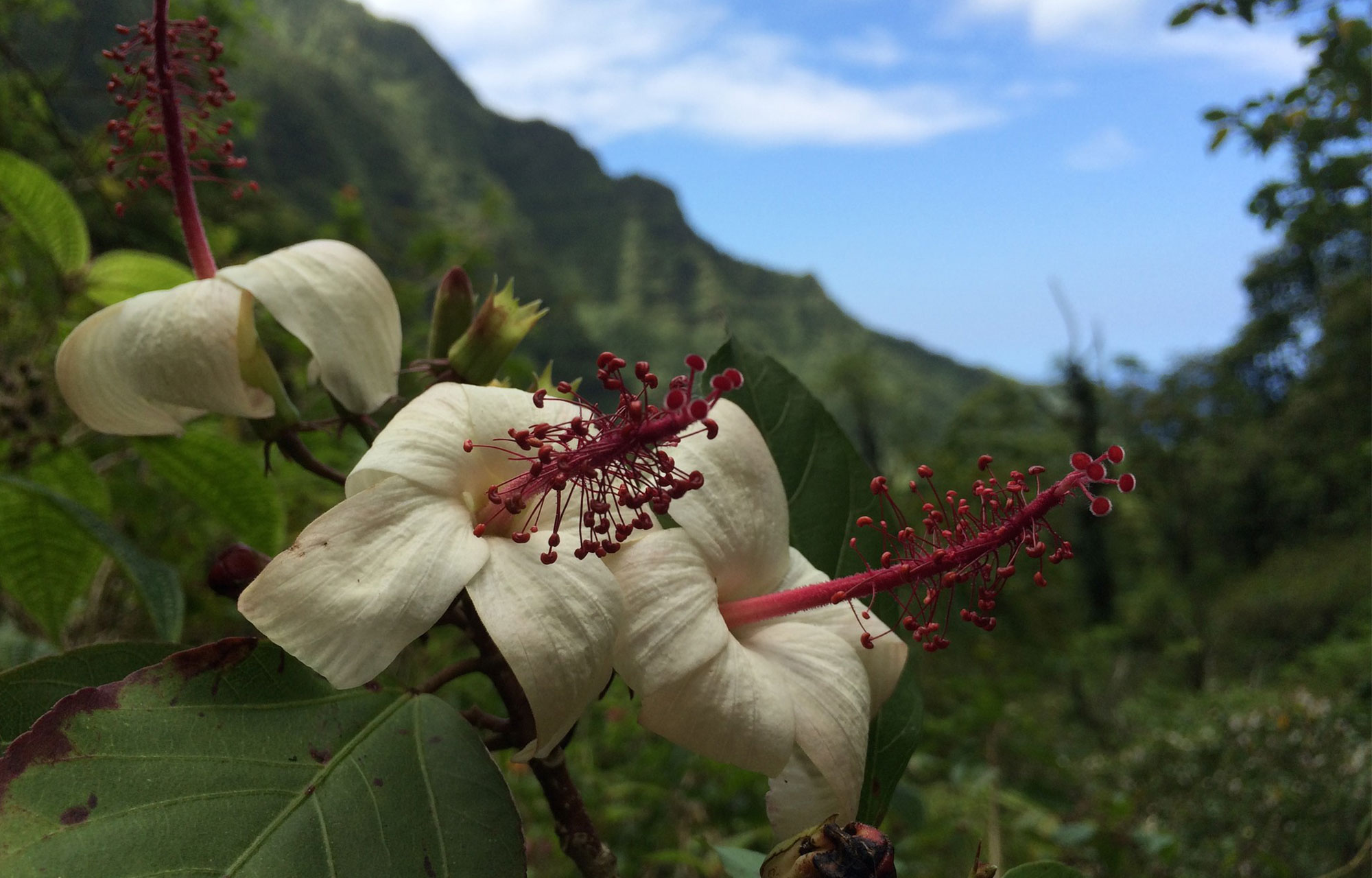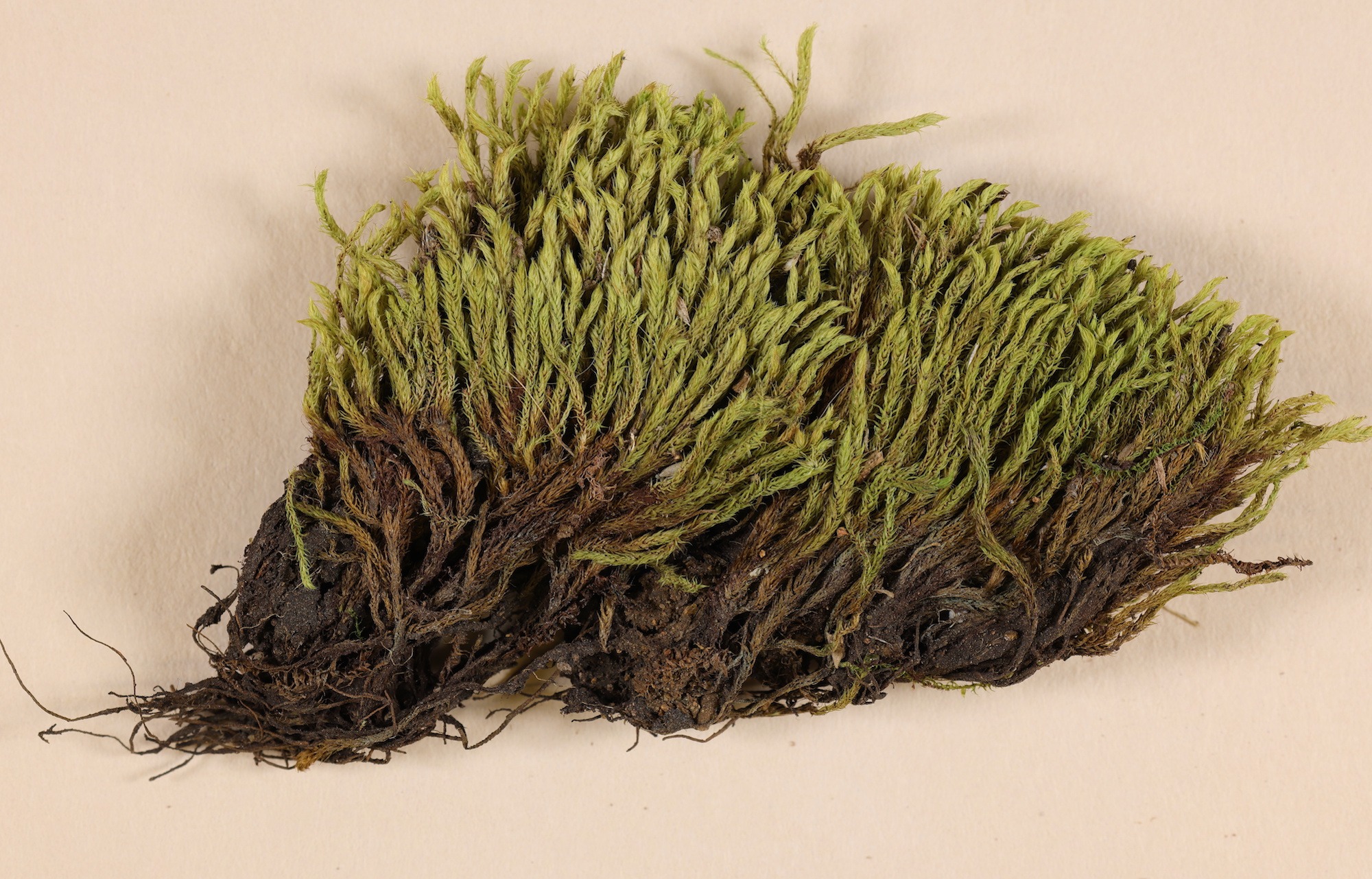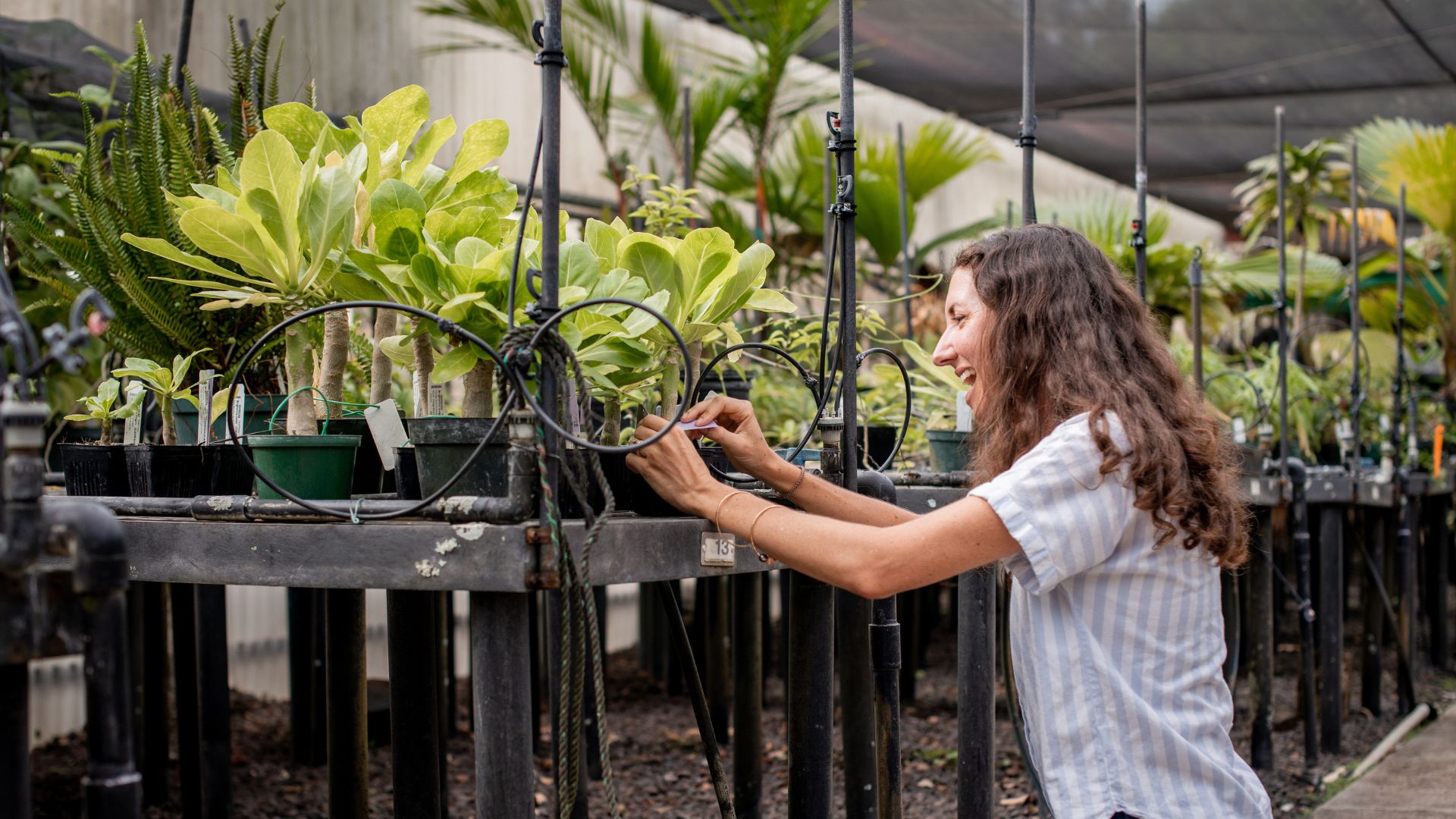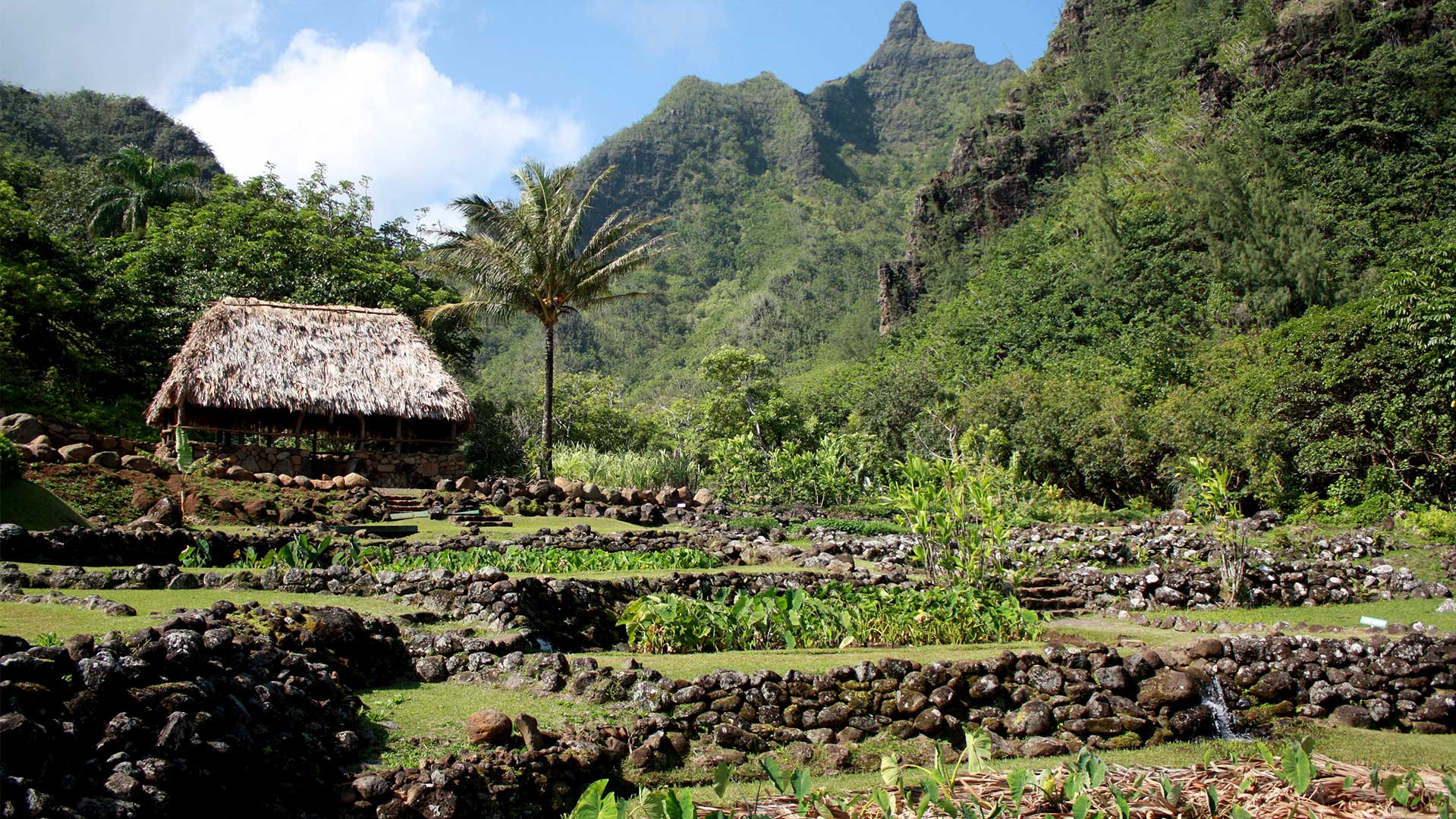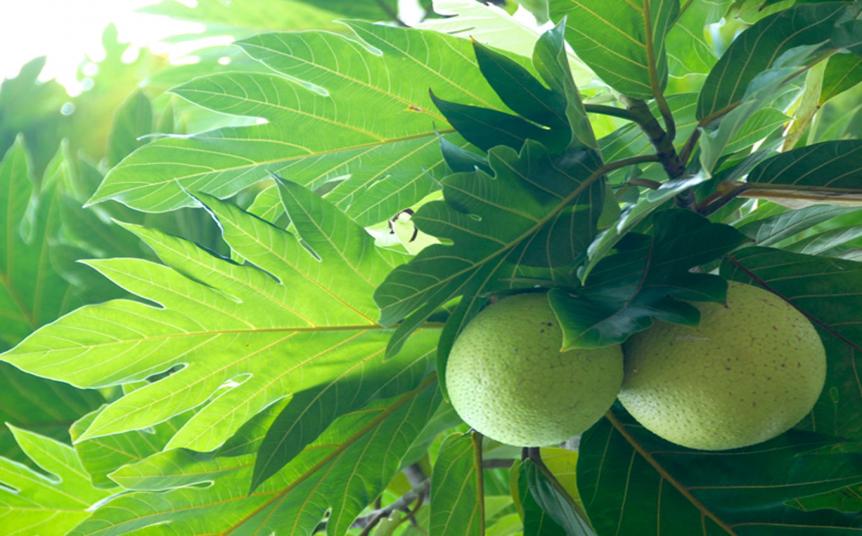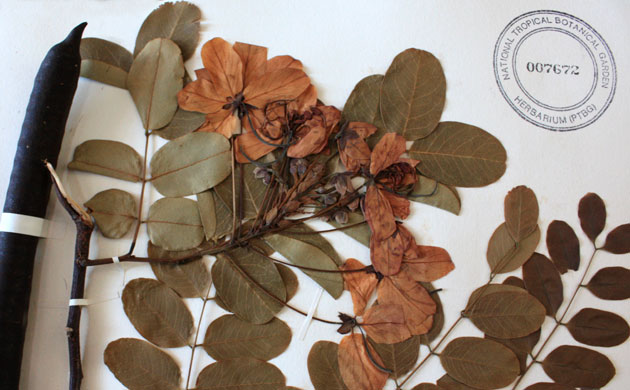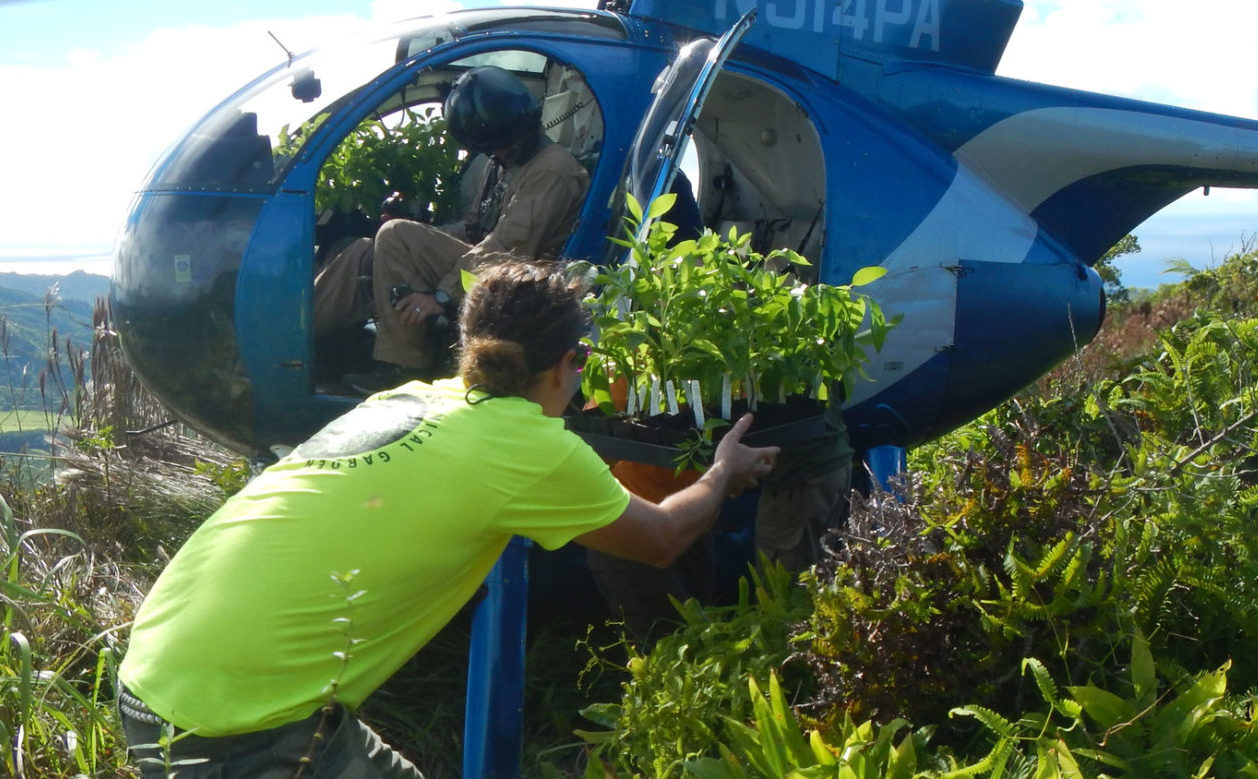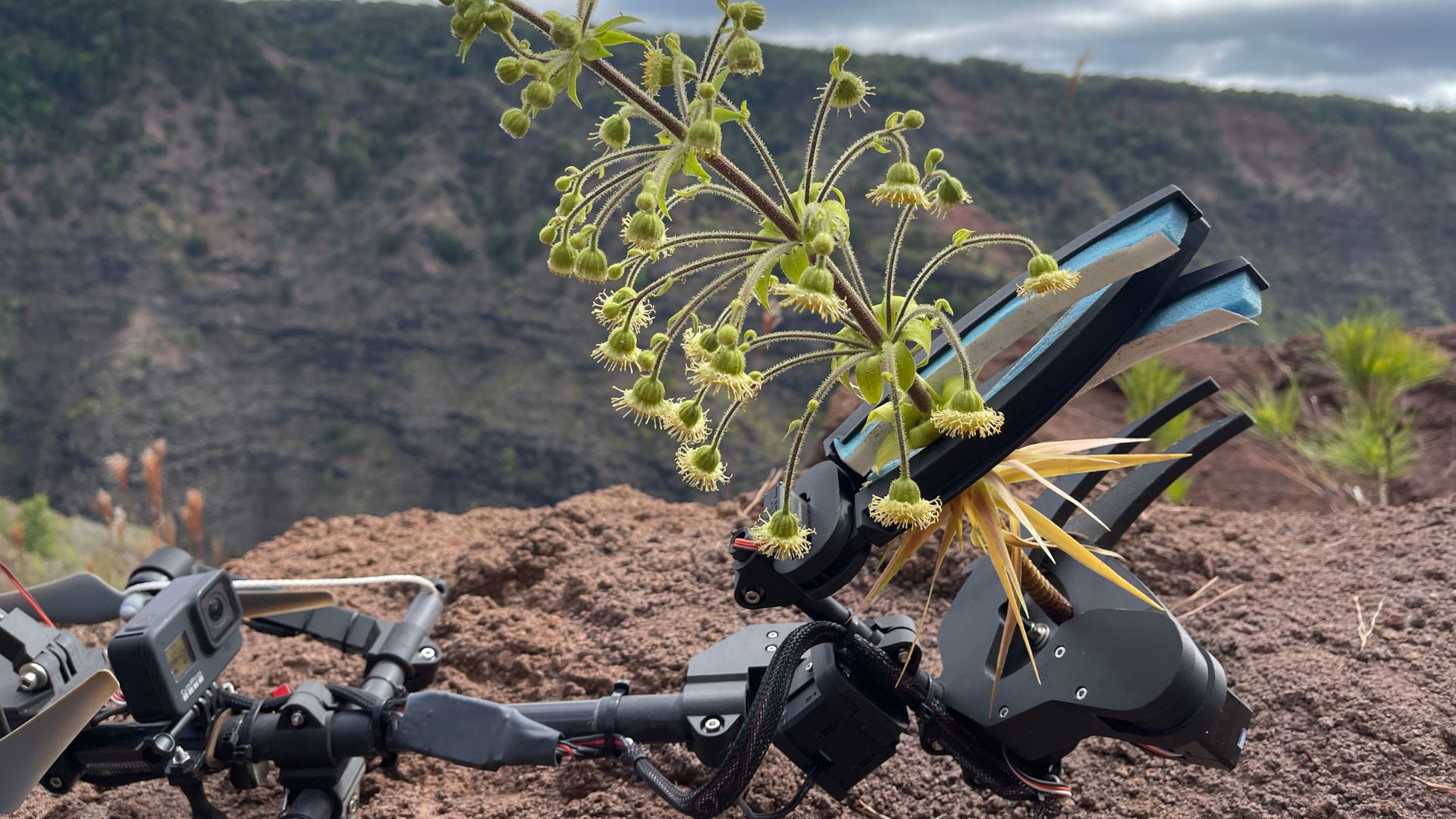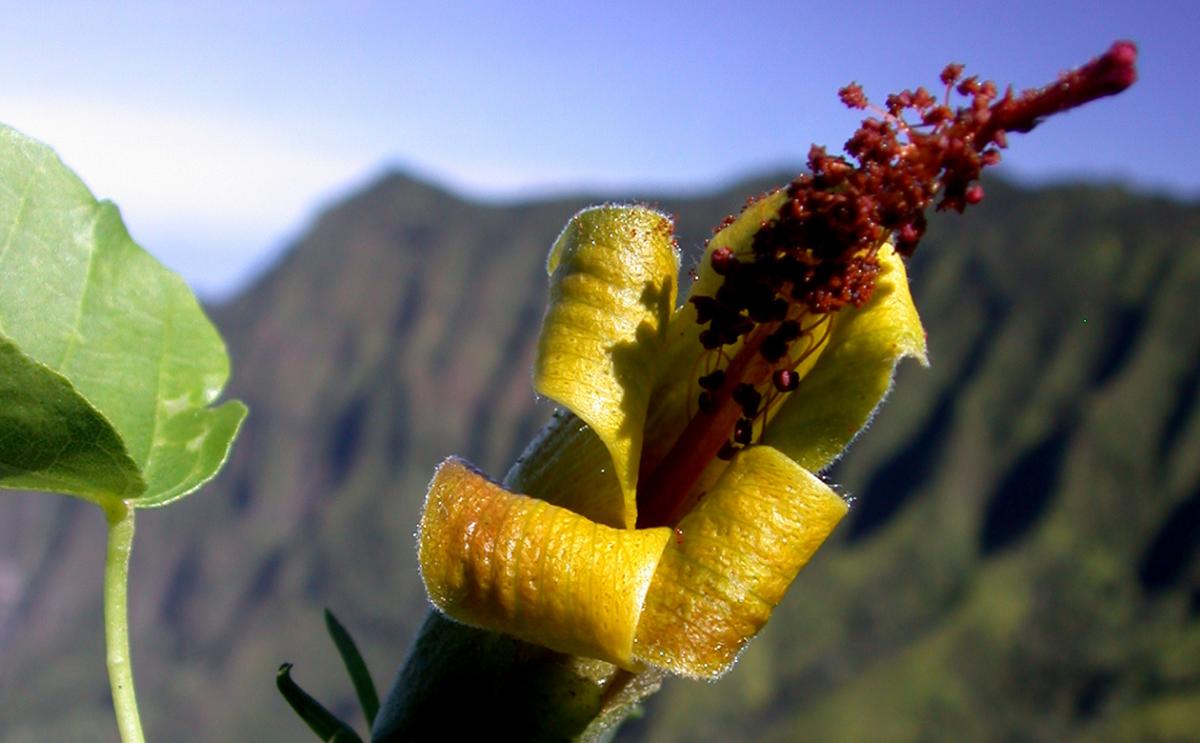Flora of Marquesas Islands
– French Polynesia
The Marquesas Islands are an isolated group of 12 volcanic hot spot islands in the southeastern Pacific Ocean. They are one of the five archipelagos of French Polynesia. The Flora of the Marquesas Islands is a collaborative project between the National Tropical Botanical Garden, Smithsonian Institution, and Délégation à la Recherche (Tahiti, French Polynesia). An online Flora hosted by the Smithsonian Institution provides access to a database of specimens, plant images, checklists, island distributions, and literature. In addition to this Online Flora, a two-volume book Flora has been published in 2019 and 2020. The flora includes description of 826 vascular plant species recorded, of which 331 species are native, with the remainder being human-introduced. Nearly half of the native flora (47%) is endemic to the Marquesas and includes 100 ferns and lycophytes.
